One year before Saul “Canelo” Alvarez made his pro boxing debut as a 15-year old, developers broke ground on what would be the brand new home of Club Deportivo Guadalajara, one of the most successful football clubs in the world. Little Saul was of course a soccer fan, as well as a boxing fan, mainly thanks to his older brother Rigoberto’s participation in the sport. As a tiny, freckled redhead in the heart of Jalisco, Canelo was bullied at school. This constant humiliation, combined with the family’s modest economic circumstances, made the idea of chasing athletic success, or any sort of fame, utterly farfetched. If Saul were to grow up to make money inside the shiny new stadium they were building, it would most likely be as a vendor.
The Alvarez family lived on a ranch in the outer reaches of Guadalajara, ten of them sharing the space with animals and the instruments of labor for both farming, and the family industry of selling icy treats. From a young age, Saul would help his father at the popsicle stand, and on other days would accompany him as they sold shaved ice in town. Eventually, he built up the courage and ambition to try to go out on his own with a day’s supply of popsicles and ice cream. According to his brother Rigoberto however, the first day he tried, he was too embarrassed to go onto city buses to sell the products, and returned home to the ranch with the full stock he’d set out with. Rigoberto helped him return and sell every one of the treats, but it wasn’t salesmanship young Saul wanted his older brother’s guidance with at this point.
Saul dared to dream bigger. He didn’t fit the profile of someone who would go on to become one of the planet’s toughest, but he was convinced he could be. Eventually, at 13 years of age, he walked into the gym of Chepo and Eddy Reynoso, and they saw something none of his cruel classmates and indeed, society at large, saw in him. When Saul hit the bag in front of them for the first time, they realized he had natural power, and they decided that they’d found their Marco Antonio Barrera—a prodigy they could turn pro at the age of 15. The kid who would thereon be known mononymously as Canelo.
Seventeen years later, the Estadio Akron is a shining cathedral in Zapopan, about 15 miles from where the Alvarez ranch was. The Alvarez popsicle shop still exists in town, but so do gas stations owned by Canelo, and everything from energy sources to energy drinks sporting his name. When you land at the Guadalajara airport, Canelo merchandise is front and center the way a Hudson News would hock the merchandise of the local sports team. Even more so than the football club that calls the stadium home, Canelo is the city’s one man home team. The face of his city, the face of an entire sport depending on who you ask, and the most successful boxer of his generation.
This past Saturday, Alvarez fought in his home country for the first time since November of 2011, headlining at Estadio Akron against John Ryder with Canelo’s super middleweight titles on the line. The marketing campaign around the bout used the tagline “The King Returns Home,” and the event very much took on the feeling of a celebration of where Canelo had been and where he now stood.
Canelo’s first professional bout took place in Arena Chololo Larios, named after the two-division world champion Oscar Larios, Guadalajara’s boxing royalty before Canelo inherited the throne. On the early undercard of the event, Canelo gave a spot to the debutant Jesus Larios, continuing on the Larios legacy as he turned pro at 16. In another symbolic maneuver, Canelo’s 19-year old nephew Johan Alvarez got to fight on the same card as his uncle for the first time, defeating Jesus Rodriguez in a six-rounder.
Like all boxers, Canelo was once the sport’s equivalent of an assembly line laborer, a participant on club shows and undercards, the bodies that function to keep the sport alive on a grassroots level and prop it up on even bigger stages. A select few get to reach heights equivalent of owning the factory, let alone becoming a mogul of the entire industry as he has. But even the fawning montages that played on the arenas big screens and on screens all over the world on the broadcast couldn’t have illustrated how far Canelo had come than the dichotomy between the very first fight of the night and his own.
Eight hours before Canelo walked to the ring, 32-year old super middleweight Fabian Rios Frausto waited for his bout against Kazakh Olympian Abilkhan Amankul in his locker room for the day, a public restroom inside the stadium. He wore an ill-fitting Team Mexico baseball jersey and an amulet of religious significance around his neck. His bout was set to walk minutes after the top of the hour, but nobody seemed to alert him how imminent it was. Suddenly, a runner flanked by a commission member burst into the baño to let them know their fight was up now. Frausto’s trainer, a man with a replica Mike Tyson facial tattoo, quickly jammed his fighter’s hands into a pair of No Boxing No Life gloves, and on each hand, whipped white tape around the laced portion to secure them in one constant, haphazard motion. It was good enough for the commission. Frausto threw a dozen punches while looking into the bathroom mirror before half jogging down the hallway where his second cornerman waited with water and ice in a Simpsons-brand Duff Beer soft-side cooler. Frausto walked to the ring without an announcement, Justin Timberlake’s “Can’t Stop The Feeling!” providing elevator music for the scarce crowd. When he entered the ring, the ring announcer squinted at his bout sheet before covertly leaning over and confirming with Frausto who he was and where he was from. Less than six minutes later, he was knocked out by Amankul, unable to continue after a right hook behind his ear.
Canelo’s locker room was not in a restroom, but had its own private ones. He was surrounded by a mixture of family (including his 94-year old grandmother watching him fight live for the first time), friends, and celebrities passing by with tokens of appreciation in exchange for a social media moment. At one point, Canelo and his wife engaged in a passionate kiss that got spicy enough that the television cameras opted to cut away just in case. But when he walked to the ring, there was no looking away. His entrance was one of the most spectacular in the sport’s history. The stadium was lit cinnamon red, LED screens flashing CANELO behind a 150-piece mariachi band that boomed through the crowd of over 50,000, only overtaken by the sound of the fireworks display launched from the stadium’s apex into the Guadalajara skies.
Alvarez had negotiated an 18-by-18 ring, perhaps because he relished fighting in close quarters, but perhaps because it meant an additional few fans could be close to the ring. The diminutive ring combined with the attendance gave the visual impression that a mob of fans surrounded the ring right up to its boundaries. Those who were seated too close went home with a souvenir more personal than a commemorate t-shirt or headband, peppered with droplets of blood from John Ryder’s nose and face, just as their hero’s trunks and boots were. For twelve rounds, Alvarez battered Ryder until his opponent’s face, and his own trunks, were the same color the arena was lit during his entrance. The discourse happening online about how Canelo compared to previous versions of himself couldn’t have been further in tone from the pure jubilation inside the venue. Canelo settled for a wide unanimous decision victory, not the knockout he’d hoped for, but the win was still as violent as it was resounding. There wasn’t a hint of disappointment on Canelo’s face as he placed a crown atop his head following the announcement of his victory, nor was there any on the faces of his adoring fans.
As the fans filed out after being treated by a second fireworks show, some stopped in the concourse outside of the stadium at one of the many wagon coolers to grab a refreshment for the journey home. The same types of coolers that little Saul, his father and Rigoberto once wheeled through the streets of Guadalajara now had Big Canelo’s face on them, selling his brand of canned VMC tequila beverages—“Viva Mexico, Cabrones.”
Corey Erdman is a boxing commentator and writer based in Toronto, ON, Canada. Follow him on Twitter @corey_erdman
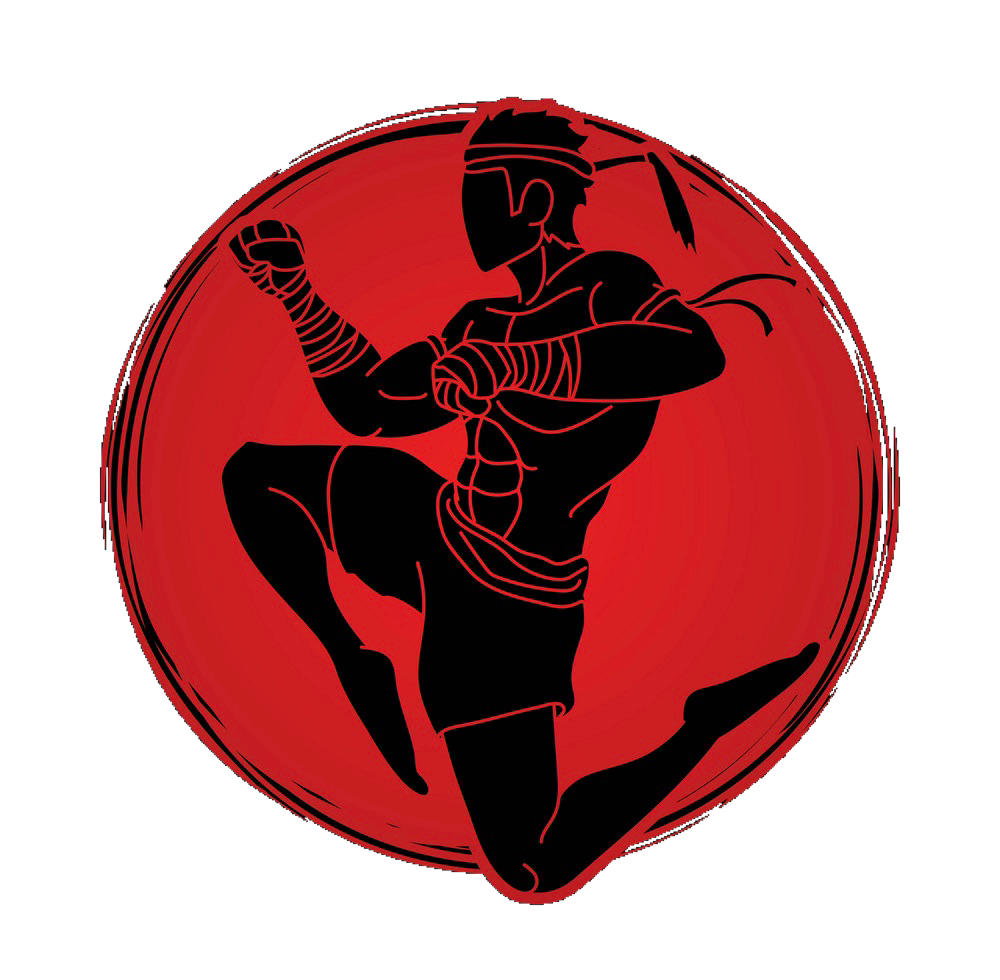
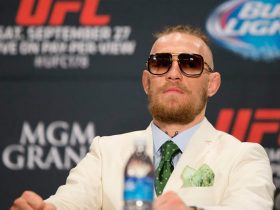
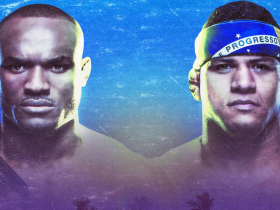
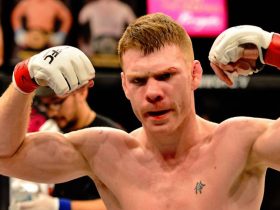
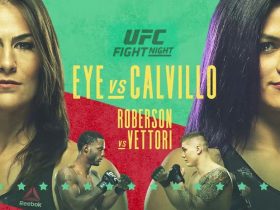
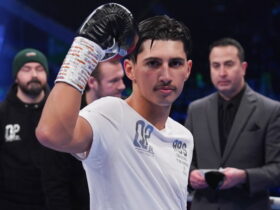
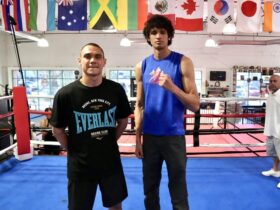
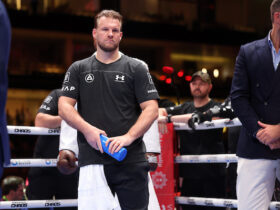
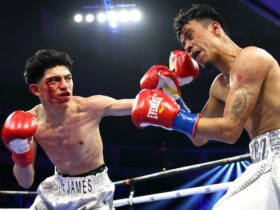
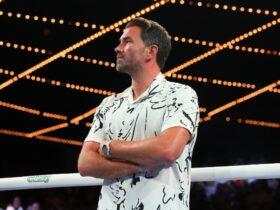

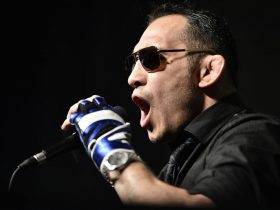
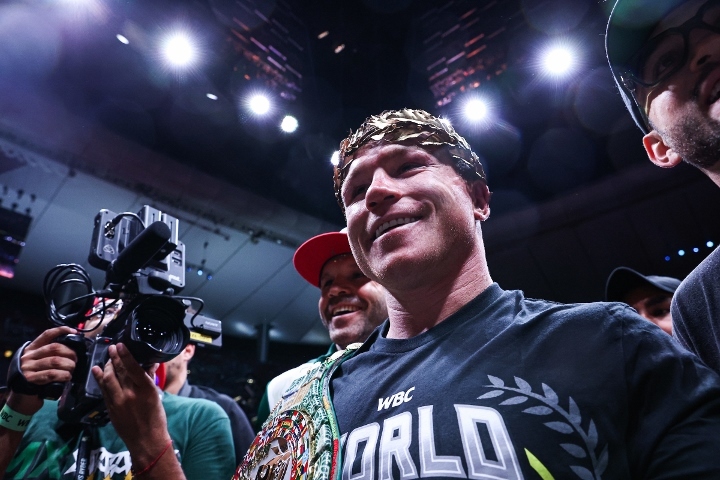
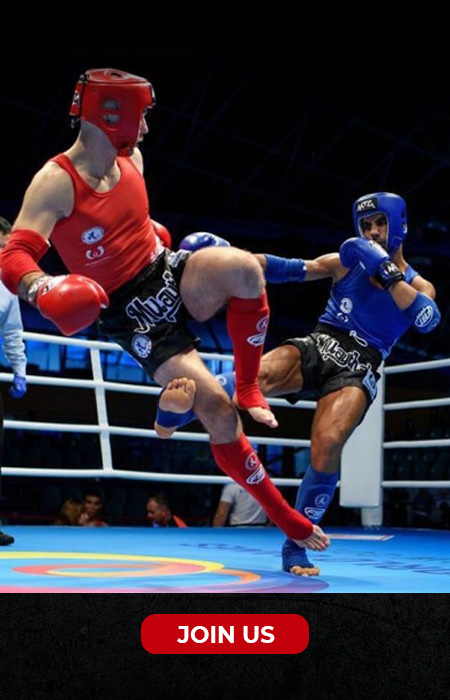
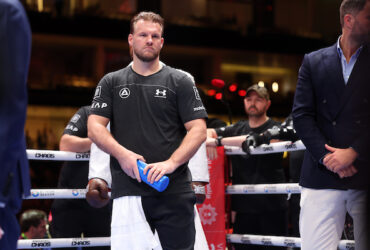
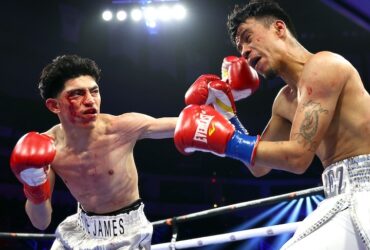
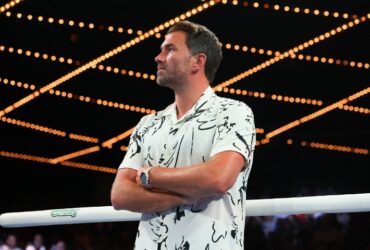
Leave a Reply